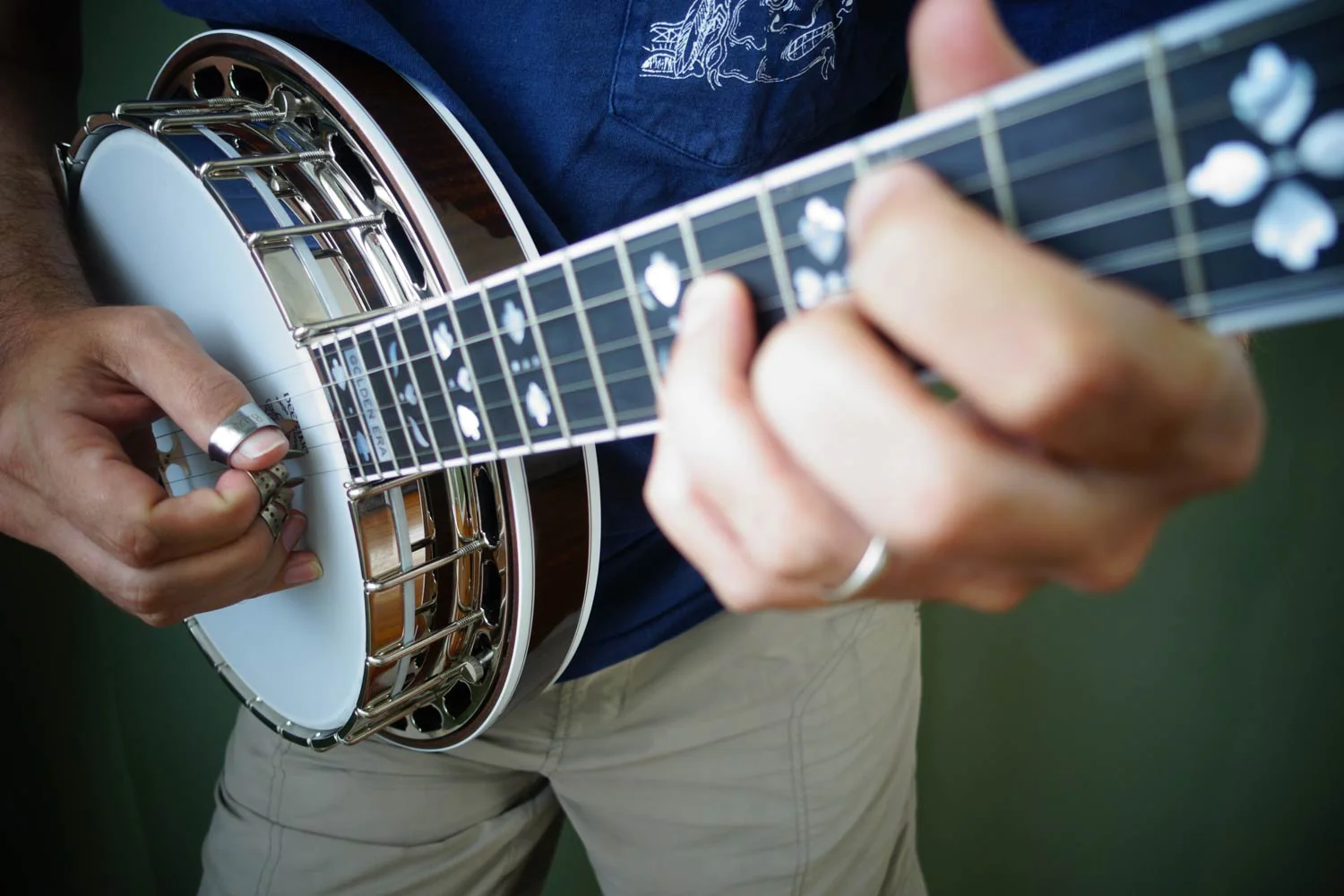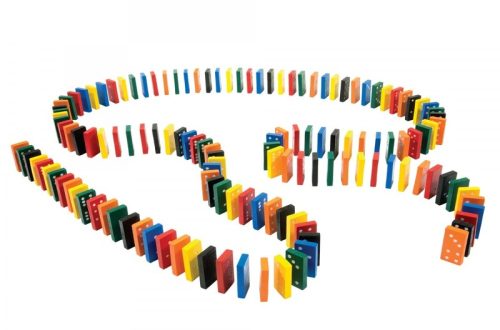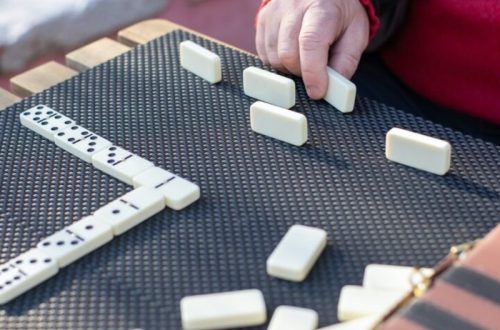The banjo is a unique and beautiful instrument that requires proper care and maintenance to ensure its longevity and optimal performance.
A stringed instrument of the lute family of musical instruments, the banjo originated in Africa and was introduced to the U.S. in the 1600s. The early banjos were rather primitive, possessing fretless necks, a varying number of strings and, in some instances, gourd bodies. Today, the banjo is the only stringed instrument made with a belly made of vellum or calf skin. However, many heads are made with plastic as it isn’t affected by humidity as is the case with vellum.
In this essay, we will explore some essential banjo maintenance tips that will help you keep your instrument in top shape.
Clean the Instrument Daily of Smudges and Fingerprints
Maintaining a banjo is typically easy as long as you clean your instrument daily. Just make sure you always use a fresh, clean cloth as the oils from one’s skin can tarnish the metal parts and plating on the instrument. Chrome is the only exception as it is it does not tarnish like other metals. Therefore, wear ‘kid gloves’ so to speak when cleaning the instrument. Make sure all smudges and fingerprints are removed at least once a day then and never use the same cloth twice.
Types of Banjos
The task of keeping your banjo in good repair will go much easier if you have a basic understanding of the parts that make up the banjo and a little bit of knowledge about the general makeup of the instrument. The five-string banjo, plucked with the fingers, is frequently used in folk music and commercial bluegrass bands. The plectrum-plucked 4-string banjo is an old-timey type of banjo which was popular in the early 1900s in vaudeville bands. It was made with a circular wood hoop and open-backed round body.
Parts Making up the Bluegrass Banjo
The more commonly used bluegrass banjo of today is constructed with:
- A resonator (versus the open-backed type of banjo) – This part is used in bluegrass music to enhance the sound quality. Various woods are employed in the manufacture of resonators but mahogany is generally the preferred choice.
- A head made with vellum or synthetic material – Heads can be clear, solid, translucent or simulated. While clear heads are used by jazz musicians and produce tones that are more pronounced, frosted or solid heads are used by bluegrass artists for their softened tonal qualities.
- Tone ring – This part of the instrument also aids in the type of musical sound your banjo will generate. In most cases, artists like flat top tone rings better than the arch top variety as they supply a tone that sounds more pleasing to the ear. Although tone rings can be made of a variety of metals, those made of brass ‘ring truer’ to the sound musicians like to hear when playing a banjo.
- The tension hoop – Manufactured with steel, this part of the banjo is useful in giving the instrument a distinct and equalized sound. It is affixed to the head with at least twenty bracket hooks.
The banjo also consists of a peg head, turning pegs for tuning the instrument, a nut or capo, metal strings, first and second fret, position marker, fifth string peg, neck, fingerboard, bridge, tailpiece, armrest and resonator flange.
Remove the Capo
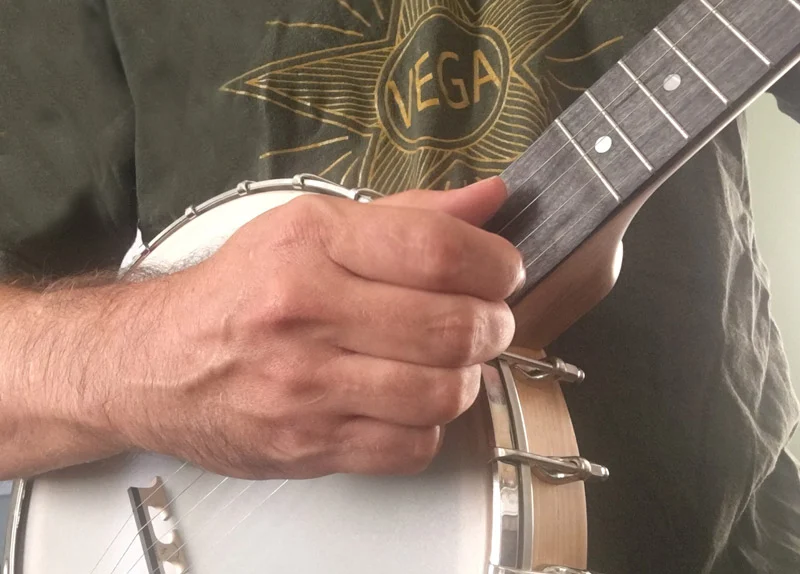
As already indicated, cleaning your banjo daily is basic to the maintenance of the instrument. It is also wise to remove the capo or nut on the instrument as the continual pressure of this part can ultimately damage the banjo’s finish.
Polishing the Instrument
The wood should be cleaned with almond oil about twice a year. Stay away from any wood polishes containing silicone as they can damage the wood. Use furniture wax on the neck and resonator periodically to safeguard the finish and keep it gleaming. Surface scratches can be reduced with the use of a clean cloth and toothpaste. If you accidentally spill water on your banjo, quickly remove the spill as it can leave an unsightly spot on the instrument.
Cleaning the Banjo’s Head
The head of the banjo can be cleaned on a periodic basis with a cleaner such as Formula. If you have an instrument that is gold-plated, anticipate replacing the plating every now and then as the armrest can erode the metal with routine use.
Replacing the Banjo’s Strings – A Routine Task
Replacing the strings on your banjo will also need to be done on a regular basis, usually after about 30 hours of playing, depending, of course, on how hard you pluck the strings. When replacing the strings, make sure you take off each string, one at a time, to equalize the tension. By using this approach, you won’t have to tune the instrument as frequently. Use a pencil and position the lead in the capo slot so the string can be managed with less difficulty. When you install the strings around the pegs and tighten them, make sure the first and second string are pointing down and the third and fourth strings are directed upward when you hold your banjo in the playing position. If the head needs tightening, use a one-fourth inch bracket wrench.
A Temperate Climate is Best
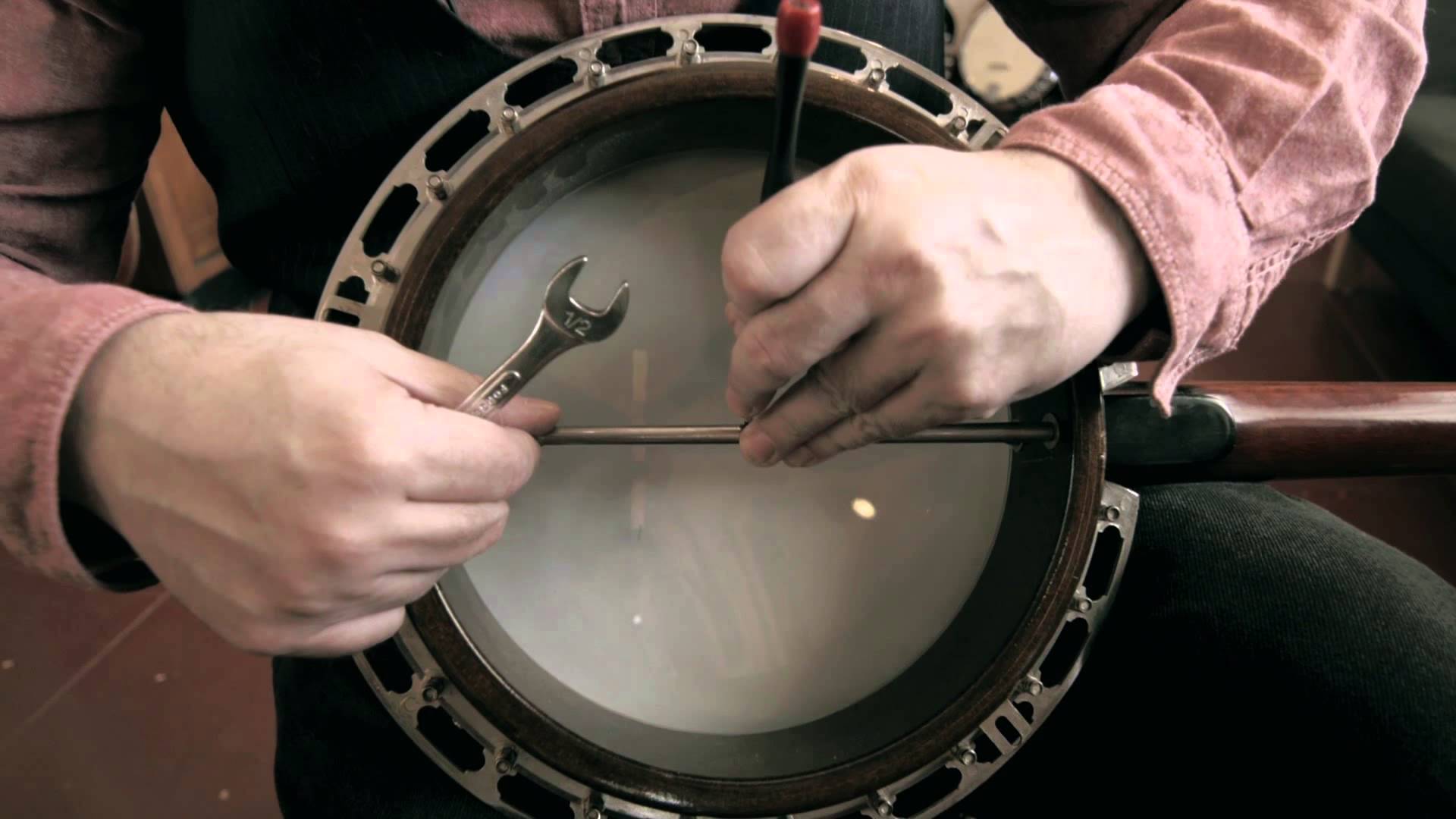
Keeping the instrument clean and strung will keep it in good condition. It is also important that you place your banjo in its case when you are not playing it. Store it in temperate locations that are not too cold or hot or humid or dry. Placing a banjo in extreme temperature settings or where it is too moist or dry can cause damage to the head, warp the wood or loosen the glue joints. Lacquer checks or cracks in the finish can develop that are not covered under the manufacturer-s warranty as well. The EMC or equilibrium moisture content of the instrument can profoundly be affected by significant changes in humidity. Therefore, it is imperative that you keep your banjo in its case when you are not playing it. To maintain the humidity in the case, purchase a case humidifier.
Keep your Banjo Protected while Travelling
While traveling, never place your banjo in the trunk of your car and place a blanket over it to protect it from the sun. If you travel a good deal by plane, use a case that is flight certified. Always carry the instrument onto the plane yourself.
Basic Maintenance
The above information can add to your enjoyment of playing the banjo. Keep your instrument well-maintained. Clean smudges and fingerprints from it on a daily basis. Always use a clean cloth. Restring the instrument regularly. And, make sure that you keep it in its case when it’s not being played. Store it in a room with a comfortable temperature and a humidity level of around 40%. Keep these basic points in mind and your banjo will last for many years to come and be a joy to own and play.
Regular Inspection
The final tip for banjo maintenance is regular inspection and maintenance. As you play and handle the instrument, it is important to be vigilant for any signs of wear, loose hardware, or damage. Check the tuning pegs, tailpiece, tension hoop, and coordinator rod regularly to ensure everything is secure. Additionally, inspect the fingerboard for any signs of wear or unevenness. If you notice any issues, it is best to consult a professional luthier or banjo technician for proper repair and maintenance. Regular inspection and timely repairs can prevent minor issues from escalating into major problems.
Final Thoughts
In conclusion, maintaining your banjo in top shape is essential for its longevity and optimal performance. By following these five banjo maintenance tips – cleaning and polishing, string maintenance, adjusting the bridge, humidification, and regular inspection – you can ensure that your instrument remains in excellent condition, providing you with beautiful music for years to come. Remember, a well-maintained banjo not only enhances your playing experience but also preserves the instrument’s value and heritage.

